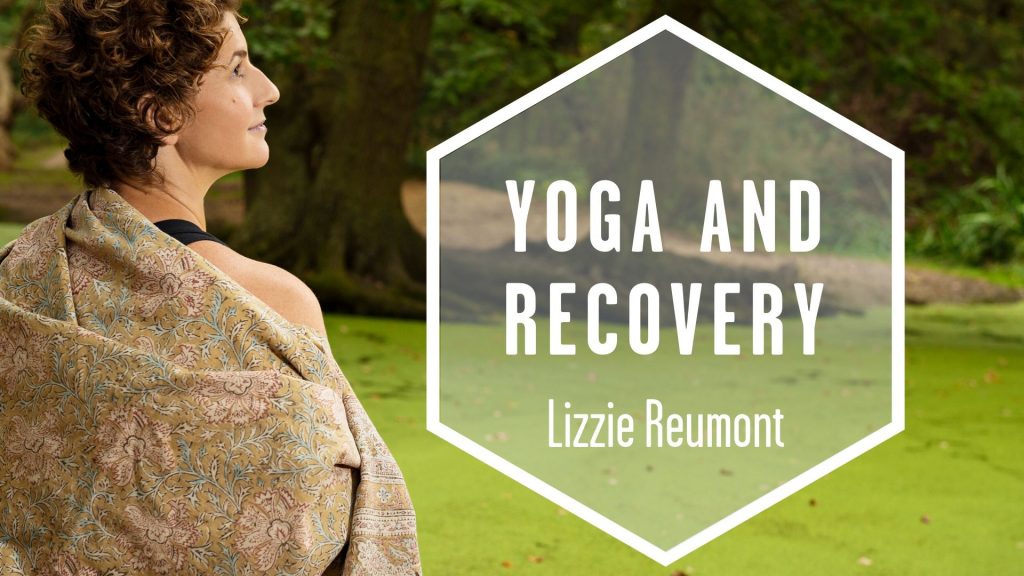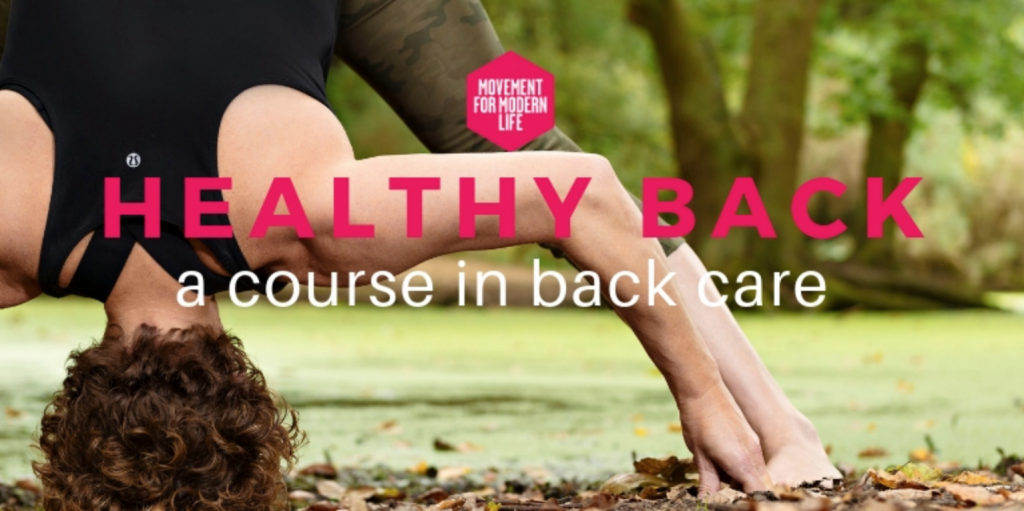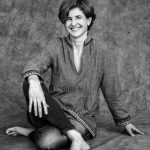
If you are reading this, chances are you have been in a transitional relationship with your health. It might be that illness, injury or physiological trauma has interrupted your feeling of connectedness. Lizzie Reumont explores the connection between yoga and recovery.
Listening to your body
Beyond any pose or sequence of movements, yoga is about connecting to where you are now. So if you are looking to step back into the path of yoga, during your recovery, know that you never left! You may have simply narrowed the lens of awareness. Because it is that simple, the first step to ‘stepping back’ onto the path of a yoga practice is to widen the lens. This means learning to listen inwards to what your body is telling you, and when you are not sure, learning which questions to ask.
Essentially, the yoga practice is a dialogue between the mind and body, and when this is practiced over time, the sum of the two opens up the possibility of a third entity, which some call trust, others call faith; some even call this God or divinity…but I digress.
Reigning in the mind and teaching it to listen is the trickiest bit of being alive and can take a lifetime to master because the mind can be incredibly strong-willed and overpower our ability to simply be present. It is the mind, not the body, that tells you to stop practicing to begin with, based on the beliefs we have about making shapes in a certain way with our body; based on the messages from doctors, media and possibly even your own fear. You see, yoga is a practice that goes beyond the body and the mind, and can be practiced anywhere, anytime. The first step is in simply learning to tune in.
Learning to tune in
Find a seat (the word asana means seat!) that is connected downward, but also lifted up and awake. It can be in a chair, on the floor or even lying down, as long as you are comfortable and there is an alertness in the body-mind.
The next step is to tune in to your breathing. Where is the breathing accessible, where it is limited? Notice how the mind navigated this simple exercise. Is your mind over-layering a commentary filled with negativity and judgement, and if so, can you redirect it to a more loving place?
Imagine your body is a child who you love unconditionally; a child to whom you want to give your full attention, to build confidence, to be content, happy and well. In this way, rather than giving up on this exercise, once you get settled into your seat and commit to a small window of 3-5 minutes, start to map the areas of your body that feel well, and others that are calling out for support and attention. This could be due to pain, weakness or even a numbing sensation. Keeping a journal can be hugely beneficial in building into a movement practice that is appropriate and self-responsible. It will also help you celebrate your victories as you travel down your healing path.
This small exercise may seem unnecessary if you are simply looking for a new movement regime to help you rebuild strength, but trust me! This is the most important part. It will help you to stay connected with where you need to pay attention, help you to navigate safely when you could go a little deeper and when you need to back off. It is an exercise of orientation and for any journey in order to go ‘somewhere’, you need to begin the journey knowing where you are.
Feeling enough
When you are present and paying attention to your body and your breathing pattern, you are already practicing yoga, and cultivating santosha (contentment/acceptance as found in the niyamas – the ethical yoga sutras ii.42). There is another translation of santosha which I love and find hugely important in re-establishing practice, and that is enough-ness.
You see, all of life, and all of the practice of yoga, is about negotiation. (Can I be in my body moving and training my thoughts to be still? Whilst in my body can I hold the intention of being grateful for something outside of myself – the sun, moon, stars; the people around me who supported me whilst I was struggling; the illness, injury or situation itself for teaching me to listen more closely?) The physical practice teaches us to negotiate between gravity and space, between the front and the back, top and bottom, and side to side. It helps us to negotiate the difference between discomfort and pain, between strength and fluidity.
Leaning into discipline
Another important term found in the niyamas is tapah, which means effort or discipline. Often times the mind binds these two things together: “I’ll be content when I practice yoga for this number of minutes or achieve this shape with my body”; “I’m not happy when I have to be effortful in a physical way”. Both of these examples come from the mind.
Only you know what is appropriate for you at this moment, but your mind and it’s desires or fears may get in the way of you seeing that. Another way to express the negotiation of these two states (on the one hand accepting where you are and on the other understanding that connection with your body, mind and the physical world takes discipline) is to consider the interplay of limitation and potential.
Understanding skillful effort
Limitation might play out something like this: you have been unwell and not healed 100%; you need to take caution. For example, when I had spinal surgery 18 months ago, forward folding in my asana practice was a limitation. I didn’t want to harm myself again, so I had to take care not to over-extend my lower back. The discipline was in holding back, working to break old patterns. My mind was always asking me to go further and do more, rather than to stay with what was achievable without re-injury. The effort was in doing less in this instance, but it is not always the case.
After breaking my knee a few years ago, fear held me back from bearing weight and using my ‘broken’ leg to initiate movement. The effort in this case was in re-training the weaker leg to be more dominant once it had healed rather than allowing my stronger side to take over.
Recovery and potential
This touches in to potential. Potential is what your body-mind is actually capable of, rather than what we think we are capable of. For example, if you are recovering from illness your body may feel tired. It may even be telling you that despite you getting the all clear to go back to work, to stay in bed and to take it easy. There reaches a certain point that this stance contributes to dullness rather than being restorative; desire and the mind trick you out of disrupting yourself out of the ‘resting’ phase of recuperation.
Easeful recovery
When it has been awhile since you have rolled out your yoga mat, it is best to start slowly with a beginners mind. Drop your expectations and move in the way that feels natural, keeping the movements small as you re-establish the body-mind dialogue and your confidence. Over time you will better be able to assess how much to increase the time and when to initiate bigger movements. The point is that you are in a mindful negotiation, keeping a check on the ego from pushing you too far, to fast, and likewise observing when fear is holding you back, necessarily or unnecessarily.
Lastly, keep in mind that all of life is movement. Any effort in creating mobility in the body is healthier than no-movement, unless you have been advised by medical experts. Even in this case, find some part of you that can breathe and move, which might be simply bending and extending your index finger! Everyone has to start somewhere, find something that works for you.
Lizzie’s Healthy Back course will support your connection to your spine

About Lizzie Reumont:

Lizzie Reumont grew up by the water in Baltimore and her love of the elements defines what feels like home for her. As a philosophy student over 25 years ago, Lizzie was drawn to yoga and through it she has found purpose and balance. Lizzie’s own road to recovery informs her work on rehabilitation.





Leave a Reply